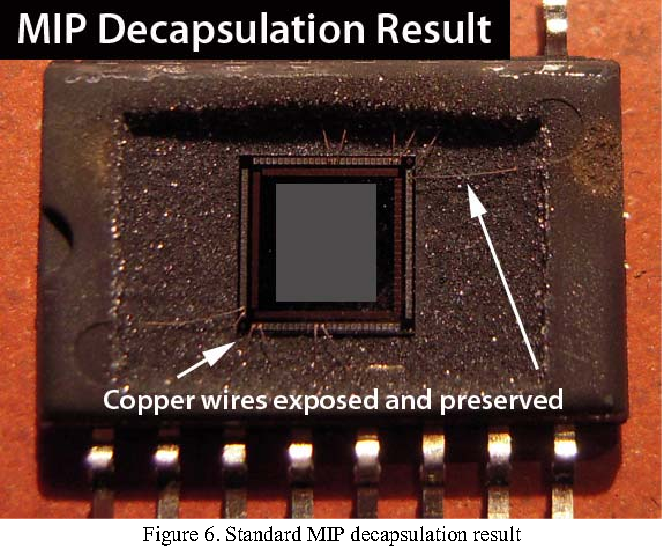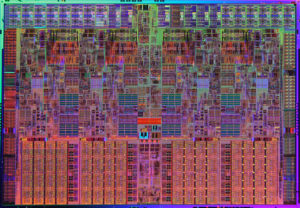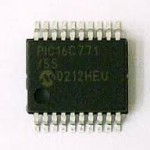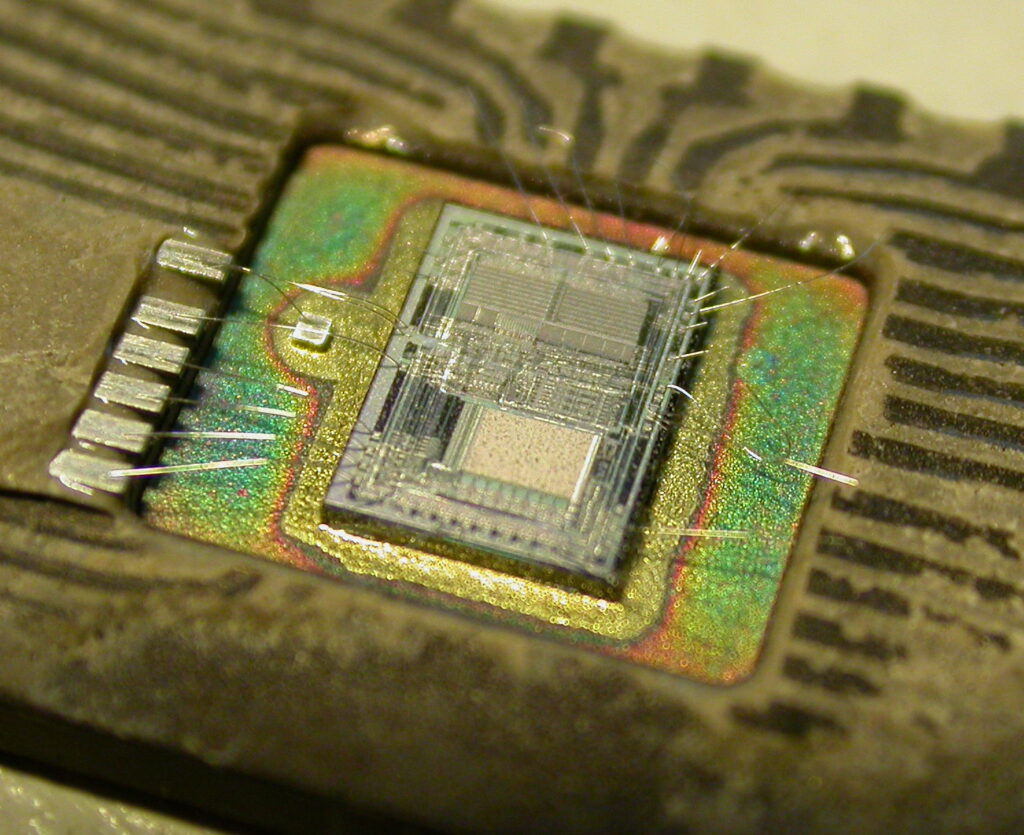Crack IC ATmega640P Heximal
Crack IC ATmega640P flash memory and read MCU ATmega640P eeprom data, the code of ATmega640P microcontroller will be decrypted;

Digital circuitry inside and outside the ATtiny15L generates EMI, which might affect the accuracy of analog measurements. If conversion accuracy is critical, the noise level can be reduced by applying the following techniques when crack IC heximal:
1. The analog part of the ATtiny15L and all analog components in the application should have a separate analog ground plane on the PCB. This ground plane is connected to the digital ground plane via a single point on the PCB.
2. Keep analog signal paths as short as possible. Make sure analog tracks run over the analog ground plane, and keep them well away from high-speed switching digital tracks before crack chip pic18f6622.
3. Use the ADC noise canceler function to reduce induced noise from the CPU.
4. If some Port B pins are used as digital outputs, it is essential that these do not switch while a conversion is in progress.
All AVR ports have true read-modify-write functionality when used as general digital I/O ports. This means that the direction of one port pin can be changed without unintentionally changing the direction of any other pin with the SBI and CBI instructions.
The same applies for changing drive value (if configured as output) or enabling/disabling of pull-up resistors (if configured as input). Port B is a 6-bit bi-directional I/O port when extract mcu pic18f6722 code.
Three data memory address locations are allocated for Port B, one each for the Data Register – PORTB, $18, Data Direction Register – DDRB, $17, and the Port B Input Pins – PINB, $16. The Port B Input Pins address is read-only, while the Data Register and the Data Direction Register are read/write.
Ports PB5..0 have special functions as described in the section “Pin Descriptions” on page 4. If PB5 is not configured as external reset, it is input with no pull-up or as an open-drain output.
All I/O pins have individually selectable pull-ups, which can be over- ridden with pull-up disable. The Port B output buffers on PB0 to PB4 can sink 20 mA and thus drive LED displays directly.
PB5 can sink 12 mA. When pins PB0 to PB4 are used as inputs and are externally pulled low, they will source current (IIL) if the internal pull-ups are activated.
Tags: crack ic software archive,crack ic software binary,crack ic software code,crack ic software content,crack ic software data,crack ic software eeprom,crack ic software file,crack ic software firmware,crack ic software heximal,crack ic software information,crack ic software memory,crack ic software program




